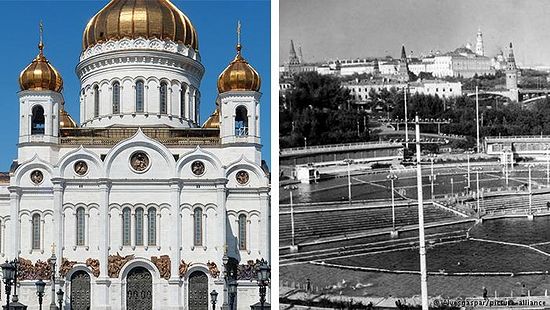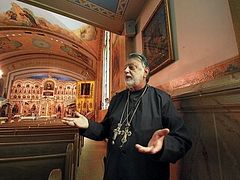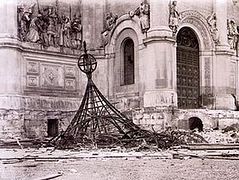Source: Deutsche Welle
September 23, 2016
The Soviets blew up Moscow's once majestic Cathedral of Christ the Savior. Now, its golden cupolas shine again in Moscow. Along the way, it was a site for prestigious communist projects - like a massive swimming pool.
It was the largest church in the orthodox Russian Empire. Following its construction in 1883, the Cathedral of Christ the Savior was a symbol for the close connection between church and state in the empire.
But just 34 years after its sanctification, the Soviets took power during the October Revolution of 1917. "Religion is the opium of the masses" then became the guiding principle in Lenin's politics of culture. The Soviets acted quickly: Nearly all churches were closed down, church property was confiscated and thousands of clergy members were shot. All of it was a matter of course for the new communist state.
The new model for society - which left no place for religion - was also to be reflected in architecture. More and more churches gained a secular function: They were transformed into storage spaces, movie theaters, libraries and residential homes.
Read the rest at Deutsche Welle\




